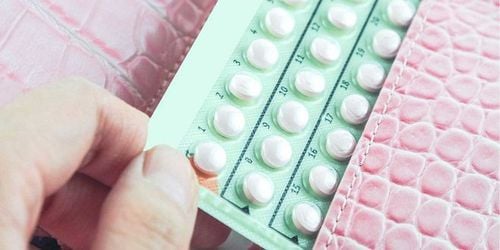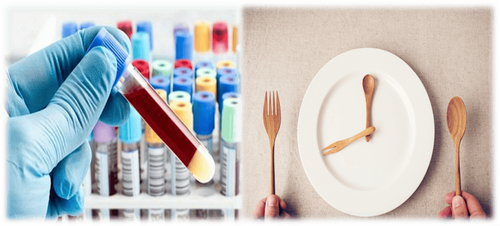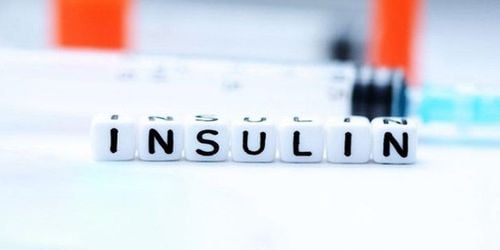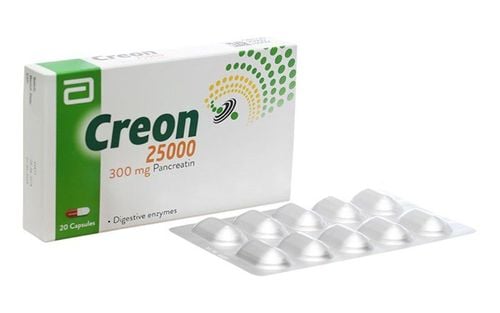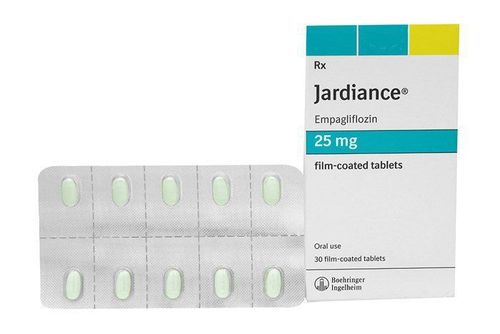This is an automatically translated article.
The article is made by Dr. Vu Thi Duyen - Department of Medical Examination & Internal Medicine - Vinmec Hai Phong International General Hospital.
Patients with type 2 diabetes should combine the use of many antidiabetic drugs to increase the effectiveness of the treatment. In addition, the combination of many drugs also avoids the current common drug resistance.
1. Outline
Diabetes mellitus is a heterogeneous metabolic disorder characterized by hyperglycemia due to defects in insulin secretion, insulin action, or both. Chronic elevation of glucose for a long time causes disturbances in carbohydrate, protein and lipid metabolism, causing damage in many different organs, especially in the heart and blood vessels, kidneys, eyes, and nerves.
The danger of diabetes is the damage (complications) caused by prolonged high blood sugar to target organs such as: heart, kidneys, eyes, nerves and blood vessels. Whether it's type 2 or type 1 diabetes, complications increase the risk of heart disease and stroke, foot disease, kidney failure, among many other risks. But by good control of blood sugar, actively controlling opportunistic diseases such as hypertension, dyslipidemia, early detection and timely control of complications, you can effectively limit and improve complications. to live peacefully with this disease.
When you have diabetes, how to control blood glucose and reduce complications caused by the disease, in addition to adjusting a reasonable living diet, the use of drugs and drug combinations in the treatment of diabetes is very important. It is first important to know and understand how many diabetes medications are currently on the market and to personalize the best treatment for each patient.
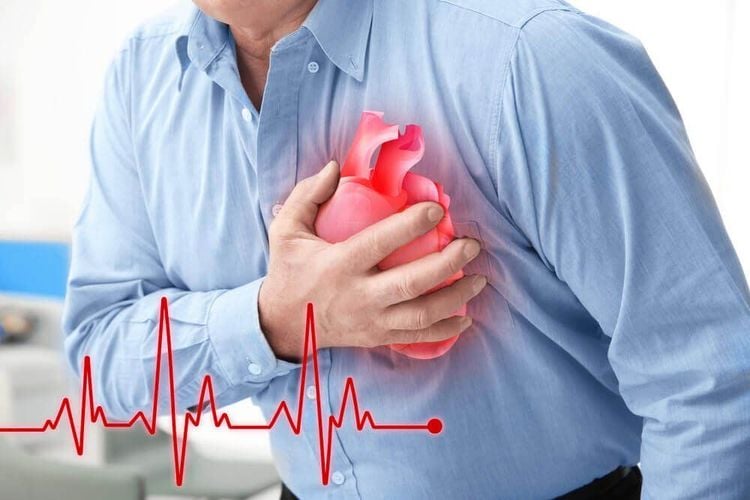
Bệnh đái tháo đường có thể gây biến chứng đến hệ tim mạch
2. Drugs for diabetes treatment
Good control of blood sugar and minimizing complications of the disease is very important. When blood glucose control by adjusting the diet and exercise is unsuccessful, the use of drugs is a mandatory indication. Currently, drugs to treat diabetes are very diverse and many because of the continuous development of medicine.
2.1 A treatment goal for HbA1c < 7% is considered a general goal. Fasting blood sugar should be maintained at 4.4 - 7.2 mmol/l. Blood sugar 2h after eating <10 mmol/l. Blood pressure < 140/90 mmHg, if kidney complications, blood pressure < 130/80 mmHg. Blood lipids: LDL-C < 2.6 mmol/l without cardiovascular complications. LDL-C < 1.8 mmol/l if cardiovascular complications are present. Triglycerides < 1.7 mmol/l. HDL-C > 1.0 mmol/l in men and > 1.3 mmol/l in women. 2.2 Therapeutic drugs 2.2.1. Oral drug therapy: The group of drugs that stimulate the pancreas to secrete insulin (sulphonylurea): Sulfonylurea stimulates the pancreas to secrete insulin. Types of sulfonylurea on the market: Generation 1: drugs in this group include Tolbutamide, Chlorpropamide, 500mg tablets - this group is now rarely used due to many side effects. Second generation: drugs in this group include Glibenclamide (Hemidaonil 2.5mg; Daonil 5mg; Glibenhexal 3.5mg;...); Gliclazide (Diamicron 80 mg; Diamicron MR30 mg; Diamicron MR 60 mg, Predian 80 mg;...); Glipizide (minidiab), Glyburide;...
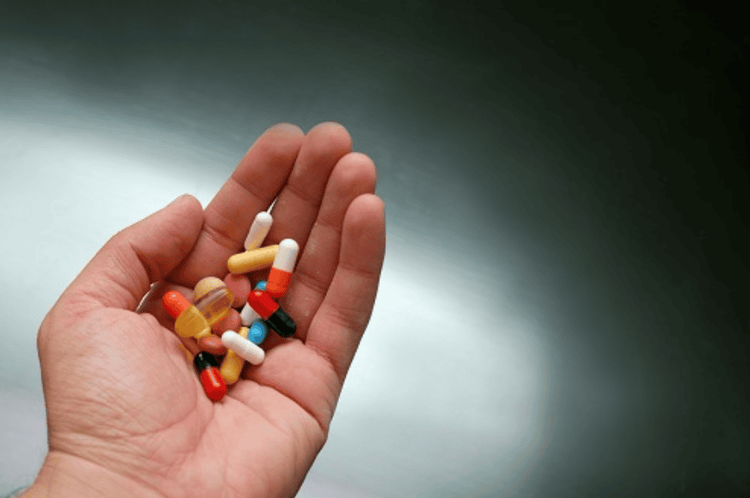
Điều trị đái tháo đường bằng thuốc
Indications: Type 2 diabetes with moderate or thin body. Combination with Metformin, Thiazolidinedion (TZD), Acarbose, Insulin.
Contraindications: Type 1 diabetes, renal failure, severe liver failure, diabetic ketoacidosis, pregnancy or allergy to sulfonylurea.
Side effects: Hypoglycemia, allergies, weight gain.
Dosage: Start low, adjust dose gradually according to response.
Drugs that increase peripheral insulin sensitivity, reduce insulin resistance: Drugs: Metformin, Thiazolidinedione, Biguanide - The only drug still in use is Metformin (Glucophage, Metforan...). Metformin acts mainly by inhibiting glucose production from the liver but also increasing insulin sensitivity in peripheral target tissues. The glucose-lowering effect is in the range of 2-4 mmol/l and can reduce HbA1c by up to 2%. Because it does not stimulate the pancreas to secrete insulin, it does not cause hypoglycemia when used alone. Metformin is also the recommended drug of choice for the treatment of overweight and obese diabetics, to maintain or lose weight, it also has a beneficial effect on lowering blood lipids.
Indications: Type 2 diabetes, especially those who are overweight or obese and have dyslipidemia.
Contraindications: Type 1 diabetes, ketoacidosis, hypoxia (heart failure, respiratory failure), kidney failure, liver dysfunction, pregnancy, low-calorie diet (for weight loss) , immediately before and after surgery or people > 70 years old.
Dosage: Dose from 500 - 2500mg/day, taken after meals.
Side effects: Gastrointestinal side effects such as loss of appetite, nausea, vomiting, bloating, diarrhea. Rarely toxic side effects on skin, hematology. Metformin does not cause hypoglycemia. Lactic acidosis.

Khi sử dụng thuốc điều trị, người bệnh có thể gặp tác dụng phụ như tiêu chảy
Thiazolidinediones (Pioglitazone): Drugs that increase the sensitivity of muscle and fat tissue to insulin by activating PPAR γ (peroxisome proliferator-activated receptor γ), thus increasing glucose uptake from the blood. The drug increases insulin sensitivity in skeletal muscle and adipose tissue, and at the same time inhibits the production of glucose from the liver.
Drug name: Pioglitazone 15 mmg, 30 mg.
Dosage: Doses from 15 mg to 45 mg/day.
Indications: Combination therapy with sulfonylurea or metformin or insulin.
Contraindications: Hypersensitivity to the drug and its components, pregnancy and lactation, liver disease (ALT enzyme > 2.5 times the upper limit of normal), heart failure.
Side effects: weight gain. Caution should be exercised when treating TZDs in patients with heart failure or with heart disease, hepatitis, or elevated liver enzymes.
Alpha glucosidase enzyme inhibitor group reduces glucose absorption: Alpha-glucosidase enzyme has the effect of breaking down double sugars (disaccharides) into simple sugars (monosaccharides). Alpha-glucosidase inhibitors, therefore, slow the absorption of monosaccharides, thereby lowering blood glucose levels after meals. These drugs include: Acarbose: Glucobay 50 mg, 100 mg. Indications: Mild increase in blood sugar after eating. Monotherapy in combination with diet or in combination with other drugs.
How to use: Take the medicine after the first piece of rice. Start with the lowest dose and increase gradually according to response to treatment or severity of side effects.
Side effects: Nausea, bloating. Diarrhea
Glinides group (Nateglinid, Repaglinid): Indications: Increased blood sugar after eating. Take the medicine 1 - 10 minutes before a meal, usually the main one.
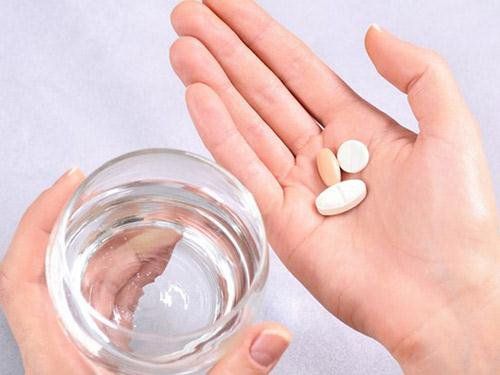
Thuốc được chỉ định uống trước bữa ăn
How to use: Drink 15 minutes before meals.
Side effects: Low blood sugar
Group of drugs acting on the incretin system: GLP-1 isomers Effect: GLP-1 to the pancreas will stimulate the pancreas to "secrete insulin". Thanks to that insulin is secreted from the pancreas, blood sugar levels drop.
Indications: Type 2 diabetes, postprandial hyperglycemia.
Dosage and administration: Exenatide (Byeta pen injection), subcutaneously 5 or 10mg, 2 times a day, 60 minutes before meals.
Side effects: Nausea occurs in about 15 - 30% of users (usually resolves on its own), hypoglycemia may occur when used with drugs that stimulate insulin secretion.
DPP inhibitor group 4: Gliptin is a group of drugs that inhibit the DPP-4 enzyme (Dipeptidylpeptidase-4) to increase endogenous GLP1 levels, GLP1 stimulates insulin secretion, and inhibits glucagon secretion when present. increased blood glucose after eating. Indications: Type 2 diabetes, postprandial hyperglycemia.
How to use: Sitagliptin oral drugs such as Januvia tablets 25 mg, 50 mg and 100 mg. Dosage adjustment is required in patients with renal impairment. The usual dose is 50-100mg/day.
Side effects: Nausea (but less than GLP-1 isomer), headache, sore throat.
2.2.2. Initial treatment options: Monotherapy:
Obesity, hyperlipidemia: Should choose Metformin, or Glitazone or alpha glucosidase inhibitors (note contraindications of each group). Fasting blood sugar > 13.7 mmol/l, lean: Should choose sulfonylurea group or insulin injection. If there is hyperglycemia after eating a lot: Alpha-glucosidase inhibitors should be chosen. Blood sugar > 16.5 mmol/l and/or HbA1C > 11%: Treat insulin immediately after stabilizing, then choose another drug group. Combination of drugs:
When monotherapy does not reach the target (failure). It is possible to combine different groups of oral drugs and insulin injections.
2.3. Treatment with insulin injection: Indications for insulin injection:
Mandatory for type 1 diabetes, gestational diabetes. Type 2 diabetes when present: Stress decompensation, infection, acute wound, hyperglycemia with severe acute hyperketosis. Uncontrolled weight loss/With surgical intervention/Hepatic and renal failure Gestational diabetes Allergies/Failure to oral hypoglycemic tablets Temporary indication as soon as high blood glucose > 250-300 mg /dl (14 - 16.5mmol/l), HbA1c > 11% Diabetic coma with ketoacidosis or increased osmotic pressure Diabetes due to pancreatic disease: chronic pancreatitis, after pancreatectomy... In In some cases, the patient's insulin requirements are high: treat some drugs that cause hyperglycemia (corticoids).
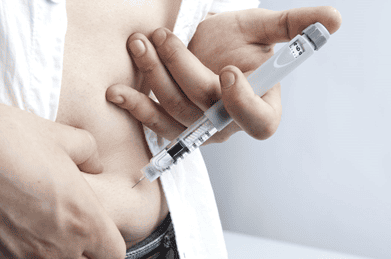
Tiêm insulin điều trị bệnh đái tháo đường
Insulin injection dose:
The insulin dose required in people with type 1 diabetes is from 0.5 - 1.0 UI/kg body weight. The starting dose is 0.4 - 0.5UI/kg/day. The usual dose is 0.6UI/kg, injected under the skin 1-2 times a day. Adjust dose according to blood glucose results. Insulin dose in patients with type 2 diabetes. Starting from 0.2UI/kg/day, usually 0.3 - 0.6UI/kg/day. Basal insulin dose 0.1 - 0.2UI/kg. Insulin injection site: it is necessary to change the injection site to avoid subcutaneous fat degeneration at the injection site Specific treatment regimens for insulin injection:
One-shot regimen of Insulin: Combination of pills with 1 injection of intermediate-acting insulin or pre-dinner mix. Or a shot of intermediate-acting insulin/Glargin at bedtime. Dosage 0.1 - 0.2UI/kg. 2 insulin regimen: Use 2 intermediate insulin injections or mixed insulin (Mixtard, Insulatard, Novomix) before breakfast and dinner. Dose 2/3 before breakfast, 1/3 before dinner. When that fails, the diet and lifestyle are erratic, or when tight glycemic control is required, switch to multiple insulin regimens. Multiple insulin regimen: Inject 3 times a day: 2 rapid insulin injections (Actrapid, Novopapid) and 1 semi-slow insulin dose (Mixtard, Insulatard). Or 2 injections of semi-slow insulin/ basal insulin. Inject 4 times a day: 3 injections of rapid-acting insulin before 3 meals and 1 injection of basal insulin of Insulatard type at bedtime (21h) or Glargin (lantus).
2.4 Treatment of risk factors and comorbidities: Hypertension, hyperlipidemia, treatment of complications. At Vinmec International General Hospital, we always deploy a screening package for diabetes and dyslipidemia to help detect pre-diabetes early, accurately classify diabetes type, develop a nutritional regimen, according to the guidelines. Monitor to reduce the risk and complications caused by diabetes.
Customers can directly go to Vinmec Health System nationwide to visit or contact the hotline HERE for support.
MORE:
Diagnosis and treatment of type 1 diabetes Diagnosis and treatment of type 2 diabetes Types of insulin to treat diabetes and how to use





